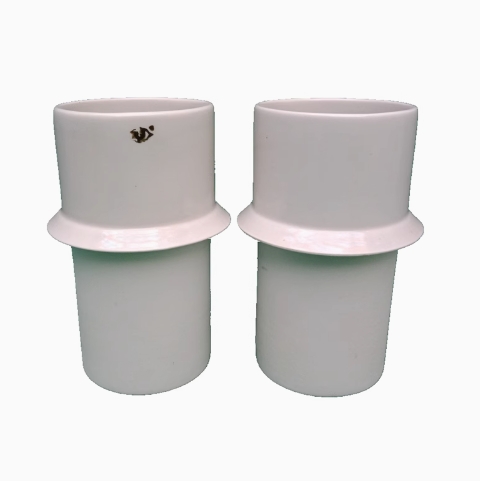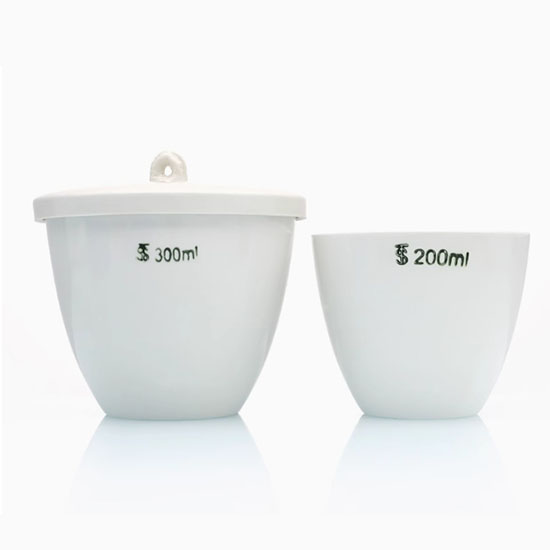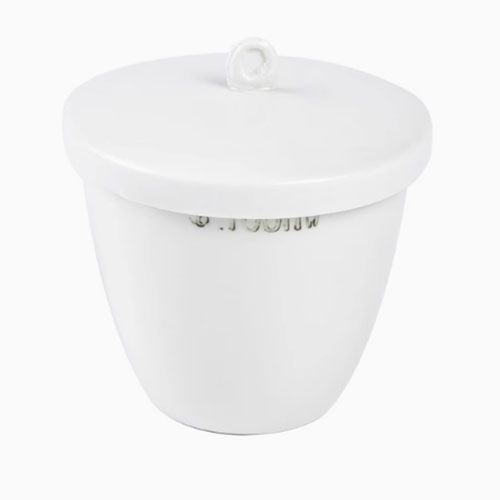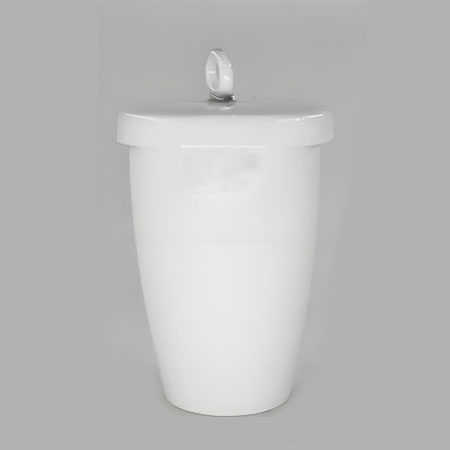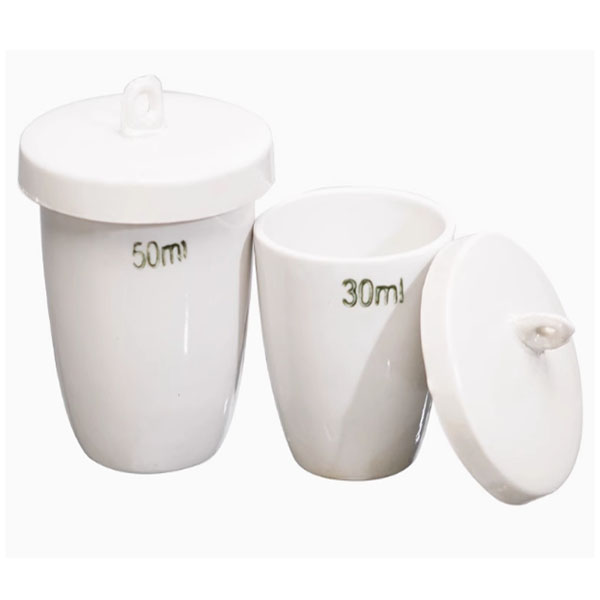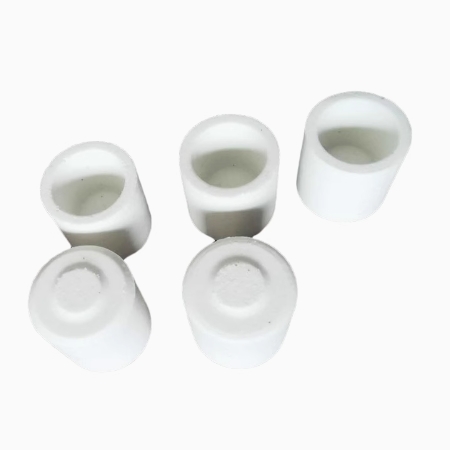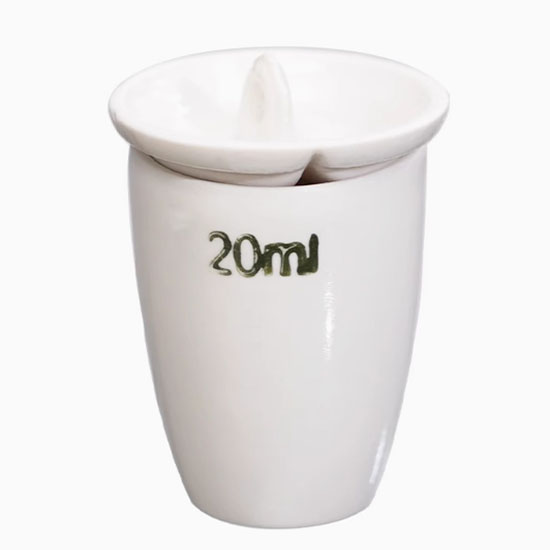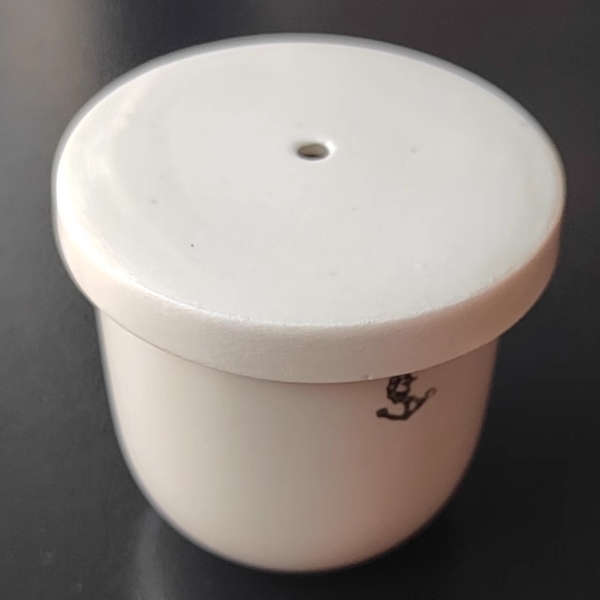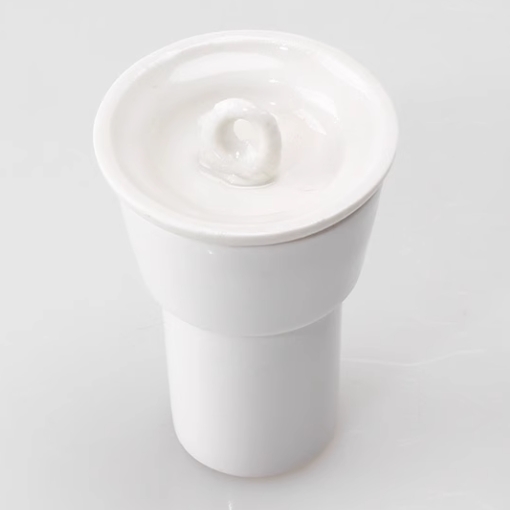tiandi@tiandicn.com / lab-glassware@tiandicn.com
+86-515-88631536 / +86 13912566435
+ 86 19551521639
Tiandilabware
Product features
(1) Strong chemical stability: The ceramic material is not easy to react with various staining reagents, which can ensure the stability of the staining liquid and make the staining effect accurate and reliable.
(2) High temperature and corrosion resistance: It can withstand a certain high temperature and resist corrosion from a variety of acid, alkali and other chemical substances, and is suitable for a variety of staining environments.
(3) Easy to operate and clean: The internal structure is reasonably designed, which is convenient for inserting and removing slides; the smooth ceramic surface is not easy to stain and easy to clean.
(4) Good sealing: The matching lid can effectively prevent dust from falling in and reagents from volatilizing, keeping the staining liquid clean and concentrated.
(5) Long service life: It is sturdy and durable. Under normal use and maintenance, it can work stably for a long time, reducing the cost of replacing laboratory equipment.
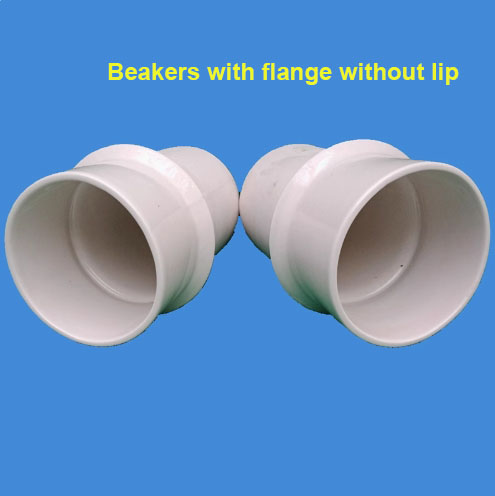
Product specifications
| Cat.No. | Rim diam(mm) | Bottom diam(mm) | Height(mm) |
| C-301 | 90 | 85 | 145 |
| C-302 | 70 | 65 | 120 |
Product applications
(1) Medical pathology diagnosis: staining of tissue sections, cell smears and other specimens, such as using hematoxylin-eosin (HE) staining to distinguish cell and tissue morphology, assisting doctors in diagnosing diseases, such as tumor pathology judgment.
(2) Microbiology research: used for staining of microbial specimens such as bacteria and fungi, such as Gram staining to identify bacterial types, helping researchers study microbial characteristics, classification and infection mechanisms.
(3) Cytology research: in cell biology experiments, special staining of cells is performed to observe structures such as organelles and chromosomes, which helps research on cell physiology and pathology.
(4) Histoembryology research: staining embryonic tissues to clearly observe the morphological changes of tissues and organs during embryonic development, providing an important basis for developmental biology research.
(5) Teaching experiments: in biology, medicine and other professional teaching, students can perform staining experiments to help them master basic experimental skills and methods of observing microscopic structures.
- Previous:Two-lid porcelain crucible
- Next:

